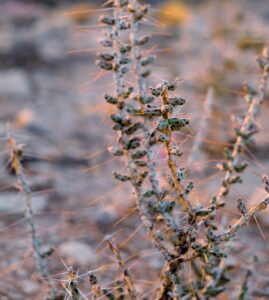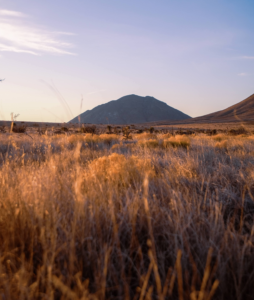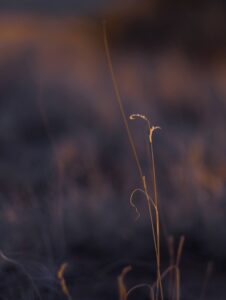


The public lands of Otero Mesa represent one of the last, largest, and most intact segments of the Chihuahuan Desert grasslands ecosystem in the United States. This ecosystem is internationally recognized as a conservation priority. Yet only 2.5% of this entire ecosystem is protected.
Located in south-central New Mexico, southeast of Alamogordo and west of Carlsbad, the Mesa also extends into Texas. Otero Mesa offers outstanding opportunities for recreation and solitude, including hiking, camping, hunting, photography, and exceptional wildlife viewing.
This valuable fragment of the rapidly disappearing grasslands of the American West shelters immense biodiversity. The Mesa is home to robust wildlife populations, including mule deer, mountain lion, black-tailed prairie dogs, golden and bald eagles, over 200 species of migratory songbirds, and one of the state’s healthiest pronghorn herds. Otero Mesa can nourish such a wide variety of species because of its expansive and healthy black grama grasslands.
Over centuries, vast expanses of Chihuahuan Desert grasslands have been transformed by livestock overgrazing, development, and drought, leaving desert scrub in place of abundant grasses. Where grasslands still exist in the American West, they are often too small and isolated to support the array of wildlife found on Otero Mesa. The scale of the Mesa provides connectivity for many species that can move to find suitable habitat and forage.
Desert grasslands evolved to be resilient to drought, which gives them an important role as a refuge for wildlife as the West faces climate change. In fact, recent climate studies suggest that grasslands may store more carbon than forests, making them a vital asset in climate change mitigation.